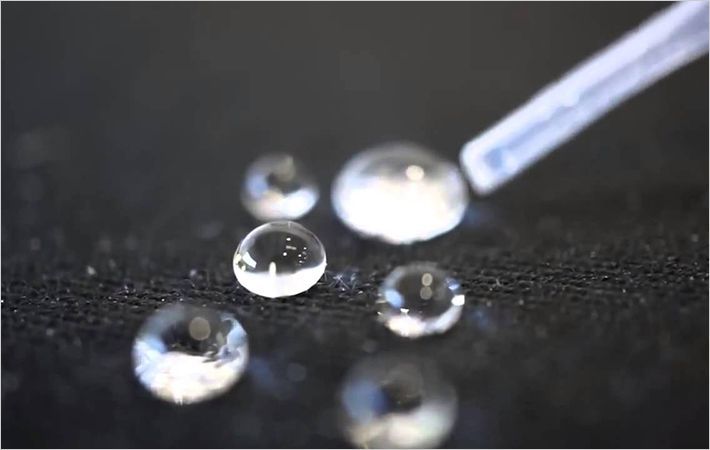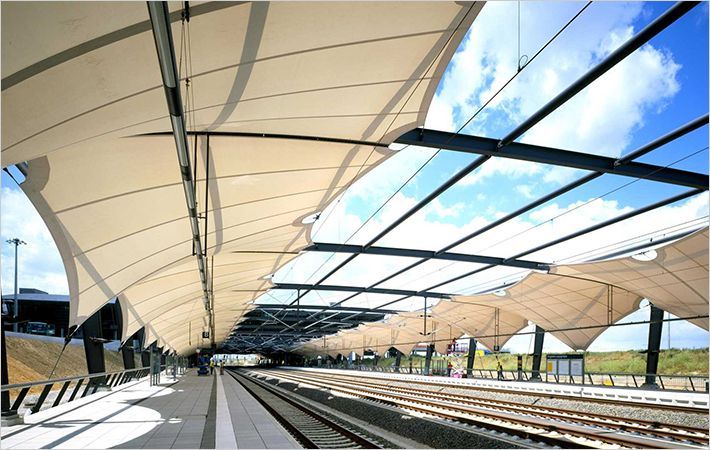NanoSonic has teamed up with USIA to provide a paradigm-breaking 21st Century technology for the diving industry. Oregon-based USIA (Under Sea Industrial Apparel) and Virginia-based NanoSonic Inc are combining respective manufacturing and technical expertise to transition NanoSonic's pioneering Hybridsil technology to dry and wet suit ensembles.
NanoSonic's R&D 100 Award-winning Hybridsil technology can infuse virtually any fabric with its molecularly-engineered nanocomposite materials for drastic gains in environmental durability and chemical resistance, with negligible influence on drape and weight. The resulting fabrics are 15 times stronger than steel and 40% stronger than aramid fibers such as Kevlar and Nomex.NanoSonic has teamed up with USIA to provide a paradigm-breaking 21st Century technology for the diving industry. Oregon-based USIA (Under Sea Industrial Apparel) and Virginia-based NanoSonic Inc are #
The primary focus for the first generation of dry and wet suit materials is enhanced laceration, abrasion and puncture protection over current state-of-the-art materials. The diver armor-equipped dry and wet suits will be initially available for the U.S. military and public safety sectors.
Vince Baranauskas, co-inventor of Hybridsil and Vice President of Polymer Science and Engineering at NanoSonic, points out that Hybridsil Dive Armor crosslinks molecules across the matrix, fiber and host material interfaces to create an innovative product that merges the best qualities of any fabric with otherwise unobtainable performance enhancements. He says, “Imagine a lightweight fabric that feels like paper but is 10 times stronger than any other product available. That's what we're able to achieve by infusing Hybridsil into textiles.”
USIA was chosen by NanoSonic as its exclusive Phase III transition partner due to USIA's extensive experience within the military and recreational diving business, and synergy with NanoSonic's Hybridsil technical team.
USIA founder Kim Johns has more than 28 years' experience in the military and public diving industries.
Johns says, “The bottom line benefit of the Hybridsil -infused fabric is its ability to create real dive armor. For more than 30 years we have all been making drysuits and wetsuits from the same types of materials – usually laminated materials (tri-lams and bi-lams), which can delaminate and separate under stress. Hybridsil technology infuses a coating on the material that changes the chemical composition and creates an innovative composite – in this case, drysuit exposure protection.” Johns adds, “These new nanocomposite materials are fantastic. They are highly flexible and lightweight, yet extremely durable, tough and chemically resistant.”
“In the short term, this new material will replace overlays for high wear areas in our drysuits and wetsuit,” Johns stated. “High-use places like knees, elbows and shoulders will get an overlay that will add an extremely lightweight, pliable, yet tough layer to protect the diver. In the long term, we will be fabricating entire suits out of these materials.”
According to Richard Claus, president of NanoSonic and a past recipient of Virginia's Outstanding Scientist Award, Hybridsil is currently under evaluation for multiple applications. “In the future,” he says, “these useful materials could transition to the widespread commercial and recreational diving communities.”
NanoSonic

